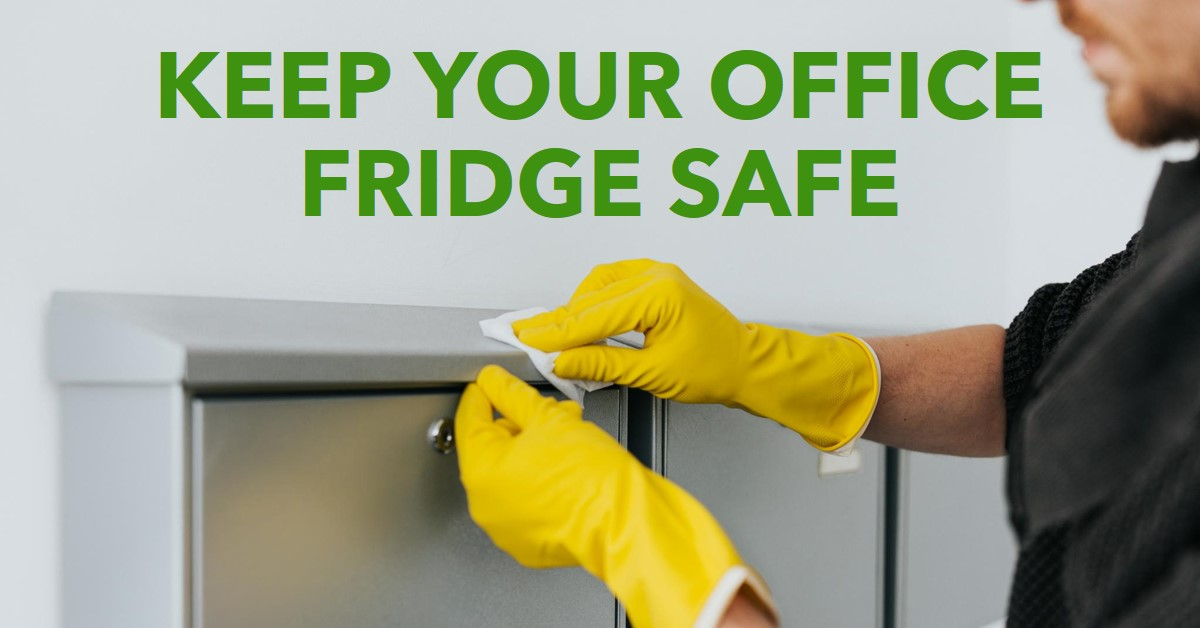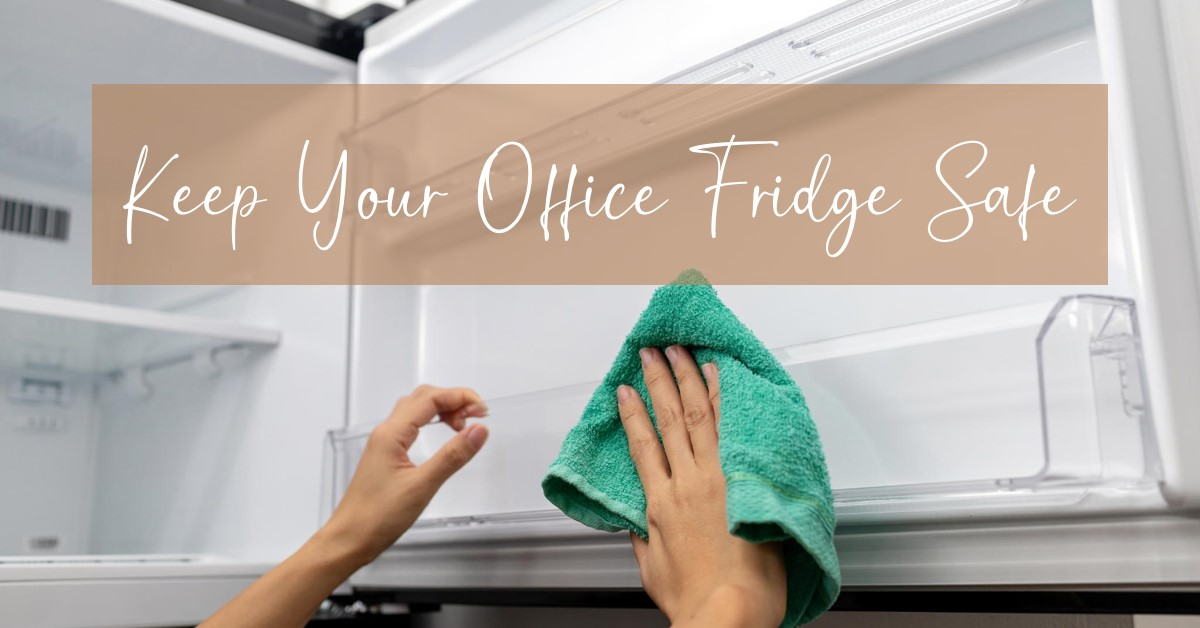Keeping your lunch safe at the office shouldn’t be a gamble. A shared fridge can be a haven for delicious meals, but improper food handling can turn it into a breeding ground for harmful bacteria. This guide, brought to you by Wine Fridge Hub, provides a two-pronged approach to keeping your office fridge hygienic and your food safe.
At Wine Fridge Hub, we’re passionate about creating a safe and healthy environment for everyone. This guide is compiled by food safety enthusiasts, drawing on reputable sources from the NHS (https://www.nhs.uk/) and the Food Standards Agency (https://www.food.gov.uk/) to ensure you receive accurate and trustworthy information.
Minimising Contamination Risks

- Temperature Control is Key: Foodborne illness thrives in warm environments. Ensure your office fridge is functioning correctly and maintaining a temperature between 1°C and 4°C. Invest in a fridge thermometer to monitor temperature regularly.
- Spoilage Patrol: Prevent a build-up of expired or mouldy food. Implement a system like a weekly clean-out to remove forgotten items and stop contamination from spreading. Encourage colleagues to label their food with their name and the date to avoid confusion and ensure timely consumption.
- Cleanliness is King (or Queen): Spills happen! Keep a readily available cleaning solution (like a mild dish soap and water solution) and cloths for quick wipe-downs. Regularly clean shelves, drawers, and door compartments to remove bacteria build-up.
Safe Food Storage Practices
- Contain It: Raw meat can harbour harmful bacteria. Always use sealed containers to prevent cross-contamination with other foods in the fridge.
- Label Like a Boss: Avoid lunchtime confusion and ensure timely consumption by labelling your food clearly with your name and the date it was stored.
- Strategic Placement Matters: Raw meat should always be stored on the bottom shelf to prevent drips contaminating other foods. Cooked foods and vegetables can go on higher shelves. This minimises the risk of messy spills spoiling your lunch.
Dealing with Difficult Situations
- Unidentified Food: Mystery containers can be unsettling. If you find unlabelled food, politely inquire amongst colleagues. If ownership remains unclear, consider having a designated “community shelf” for such items. Alternatively, dispose of the food responsibly after a reasonable timeframe (e.g., 24 hours).
- Lingering Odours: Unpleasant odours can be a telltale sign of forgotten food or spills. Try placing a bowl of baking soda in the fridge to absorb odours naturally. Alternatively, commercially available odour-eliminating products can be used according to the manufacturer’s instructions.
By following these simple tips, you can transform your office fridge from a potential health hazard to a safe and delicious haven for everyone’s lunch! Remember, a clean and well-maintained fridge not only protects your health but also promotes a more pleasant shared environment for everyone at the office.
Print a copy of this guide and share it with your colleagues! By working together, we can ensure a hygienic and safe office fridge for everyone to enjoy.
Further Resources:
For more information on food safety, visit the NHS website: https://www.nhs.uk/ or the Food Standards Agency website: https://www.food.gov.uk/.
